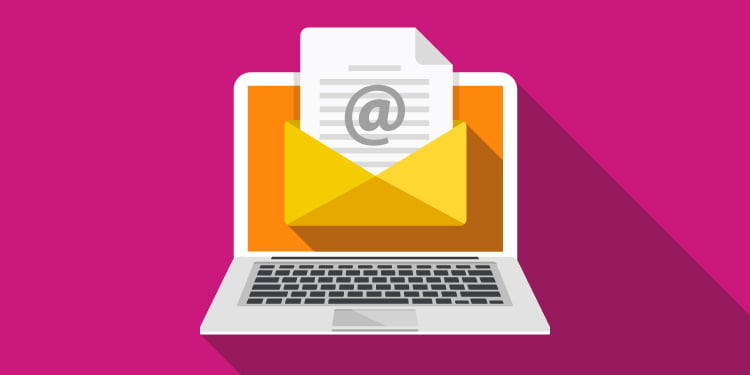
Suppose your primary email address is johndoe@example.com. You can create an email alias by simply adding a plus sign and then some text before the “@” symbol. For instance, you can do something like johndoe+pizza@example.com, and any system I’ve tried this on thinks it’s a different email address. The first great thing about this, however, is that mail sent to johndoe+pizza@example.com will deliver to your johndoe@example.com account.
In other words, it reads as a different email address going out, but as your primary address coming in. Although I can’t guarantee this will work for everyone, this is an ancient (by Internet standards) trick that has always worked for me no matter what account or program I’ve ever used.
You may be asking why you’d need to do this in the first place. I can think of two reasons off the top of my head:
- If you try to sign up for something, and the system says an account associated with your email already exists. An example of this would be if you were already a registered User on a WordPress site, but wanted to test the sign-up feature of the news/blog section. Just add “+test” before the “@” in your email address and the site will think it’s a different person, but any mail it sends (for sign-up confirmation, for example) will come to your primary email address.
- If you want to track who put you on mailing lists. The second great thing about this is that, although mail will deliver to your primary account, it will still say the full email address you used – including the plus sign and extra characters. So if you sign up for something about pizza with johndoe+pizza@example.com, but then get flooded with unrelated spam addressed to johndoe+pizza@example.com, you know exactly where the spammers got your email from. Each email alias you use for these sign-ups would have to be different, of course, if you want to know for sure.

